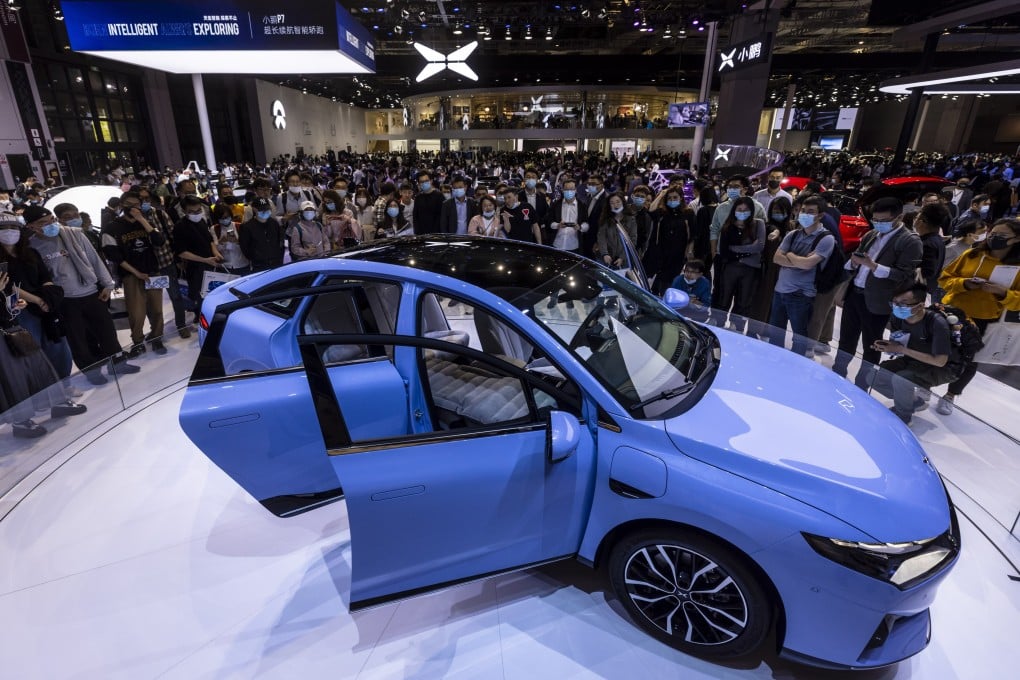Advertisement
Chinese EV makers Xpeng, Li Auto, NIO report surge in deliveries in December to cap banner year
- Xpeng and Li Auto each posted a record for monthly sales, while NIO once again reported deliveries of more than 10,000 units in December
- The three EV start-ups reported their strong sales figures ahead of Beijing’s implementation of a 30 per cent reduction of EV subsidies on January 1
Reading Time:2 minutes
Why you can trust SCMP
2

China’s top three electric vehicle (EV) start-ups maintained their strong sales momentum in December to cap a banner year, as they snap at market leader Tesla’s heels and continue to attract a growing number of young motorists to choose new battery-powered cars over traditional petrol rides.
Xpeng Motors and Li Auto each posted a record for monthly sales, while NIO once again reported deliveries of more than 10,000 units in December, helping reinforce China’s position as the world’s largest EV market.
“The vehicles developed by the three carmakers were well received by young drivers in China,” said Eric Han, a senior manager with Shanghai-based business advisory Suolei. “More importantly, their vehicles are up to a standard on par with Tesla’s Model 3 and Model Y vehicles.”
Advertisement
The three Chinese carmakers reported their solid December performance ahead of Beijing’s implementation of a 30 per cent reduction of EV subsidies on January 1.
Guangzhou-based Xpeng, which is backed by e-commerce giant Alibaba Group Holding, delivered 16,000 vehicles last month, 387 more than the previous record it set in November. Alibaba is the parent company of the South China Morning Post.
Advertisement
Advertisement
Select Voice
Choose your listening speed
Get through articles 2x faster
1.25x
250 WPM
Slow
Average
Fast
1.25x
